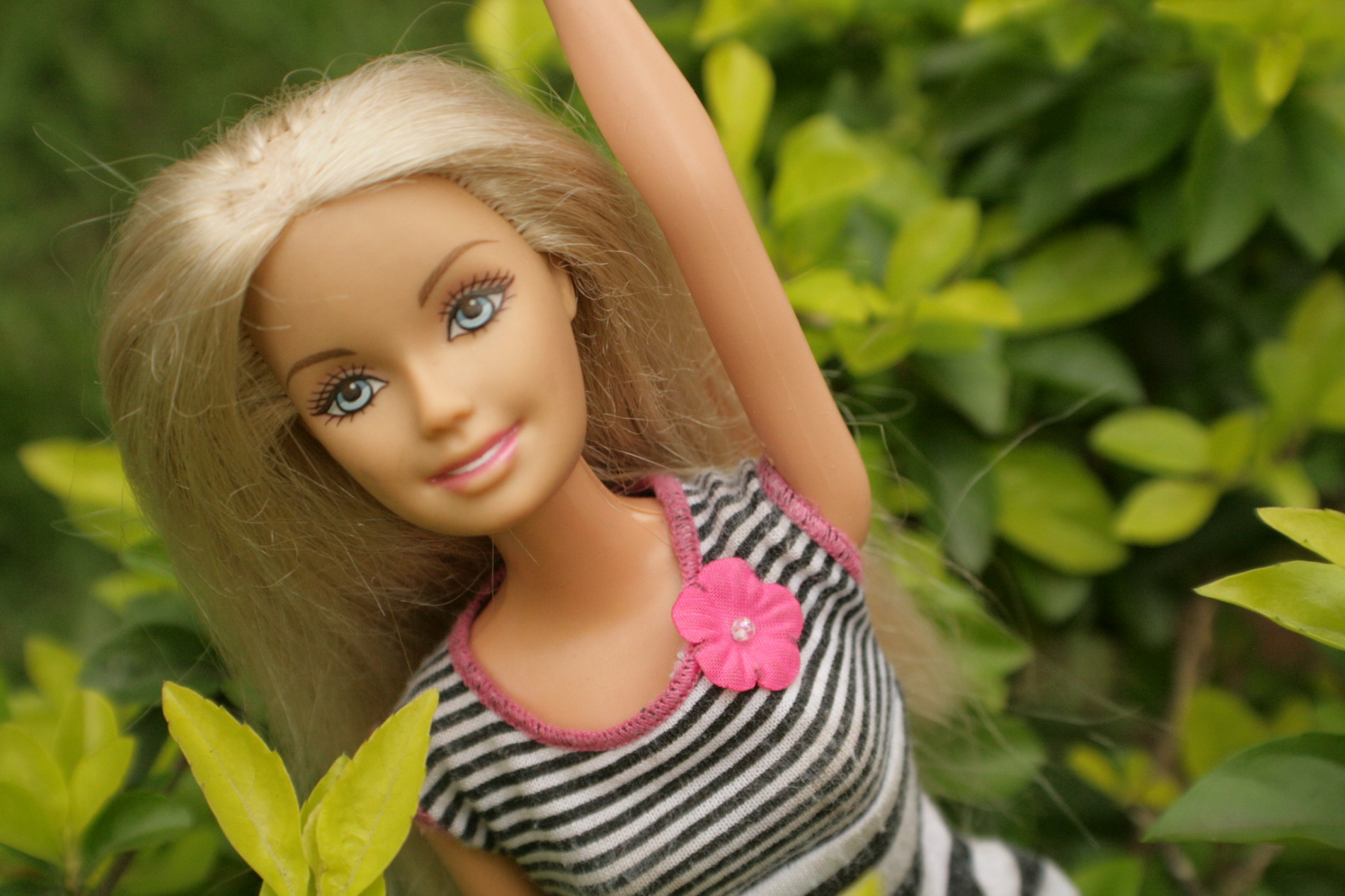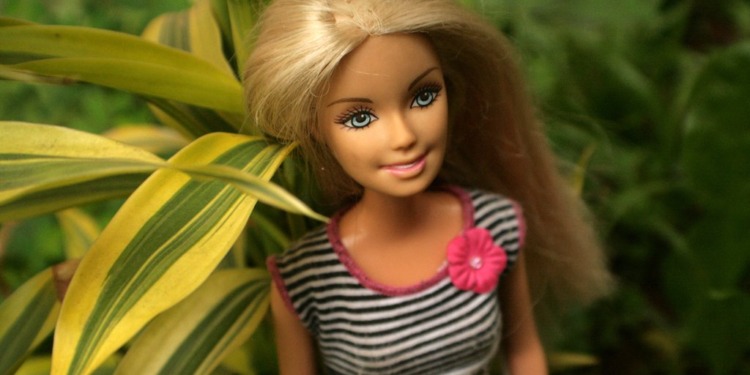On July 21st, the silver screens worldwide lighted up for the Barbie movie. Starring the incredibly talented Margot Robbie as Barbie, the charming Ryan Gosling as Ken, and the multi-talented sensation Dua Lipa, this Greta Gerwig-directed film promises an unforgettable experience.
Amidst the excitement and glamour surrounding the Barbie premiere, it’s time to shed light on an important aspect that demands our attention – sustainability. While life in plastic may have seemed fantastic for decades, it’s high time we confront the environmental impact it brings.
As the world celebrates Barbie, a cultural icon, we must also address the excessive plastic waste generated by the toy industry and the carbon footprint left behind by each iconic Barbie doll.
Unveiling Barbie Footprint: Life in Plastic, Not Fantastic
While the global premiere of the Barbie movie is undoubtedly an exciting moment, we must also address sustainability issues linked to Barbie and the toy industry at large.
The obsession with popular toys can result in a large amount of plastic waste, significantly impacting the environment. In particular, the production of Barbie dolls generates a substantial amount of carbon emissions, with each doll contributing around 660 grams of carbon emissions due to plastic manufacturing, transportation, and other related processes.
To tackle the challenge of plastic waste, both toymakers and governments must play their part. Manufacturers must prioritize using low-carbon materials and design toys that can be easily disassembled for recycling.
RELATED ARTICLES: Barbie Movie Premiere: Sustainability & Pink Are Now Matching | The Idol: A Failed Attempt to Shock and Entertain | Emmy Nominations 2023: HBO Triumphs Amidst Industry Strikes |
Mattel, the maker of Barbie, has taken a positive step by introducing a recycling scheme where customers can return old toys for repurposing. However, expanding such programs globally is crucial to reduce plastic waste further.
Toy manufacturers need to consider sustainable materials during the design phase. Governments can also play a role by discouraging harmful plastics and promoting effective toy recycling systems.
Successful bans on certain plastics, such as BPA-containing plastics in infant milk bottles, can inspire.

Embracing Sustainable Glamour: A Responsible Celebration
While life in plastic may have seemed fantastic for decades, it’s high time we confront the environmental impact it brings. As the world celebrates Barbie, a cultural icon, we must also address the excessive plastic waste generated by the toy industry and the carbon footprint left behind by each iconic Barbie doll.
Crafting a Greener Future: Come on, Barbie, Let’s Go…Green
Let’s embrace a sustainable approach to toy consumption and encourage responsible practices in the toy industry. By doing so, we can mitigate the environmental impact of plastic waste while still enjoying the magic and joy Barbie brings to countless lives.
So, come on, Barbie, let’s go green and witness the magic of Barbie on the silver screen while championing the cause of sustainability!
Editor’s Note: The opinions expressed here by the authors are their own, not those of Impakter.com. — In the Featured Photo: Barbie doll. Featured Photo Credit: Flickr.









